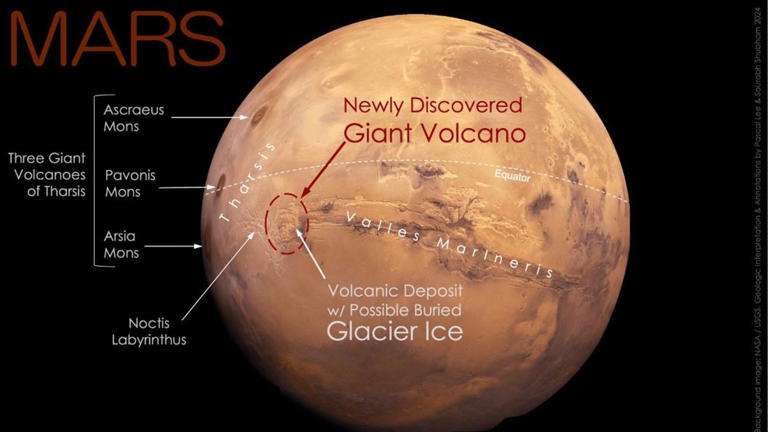“Martian Gullies: 5 Shocking Misconceptions You Won’t Believe!”
Table of Contents
ToggleMartian Gullies: New Insights into Mars’ Watery Past
Dive into the latest research on Martian gullies, shedding light on Mars’ ancient waterways and their implications for the search for life beyond Earth.

Martian Gullies: Unraveling Mars’ Watery History
Martian gullies have long fascinated scientists, hinting at the Red Planet’s watery past. But recent research suggests that their formation might be more complex than previously thought. Let’s delve into the latest findings and what they mean for our understanding of Mars and the possibility of life on the planet.
A Closer Look at Martian Gullies
Martian gullies, those intriguing features etched into the planet’s surface, have captured the imagination of scientists for decades. These narrow channels, resembling the dry riverbeds we see on Earth, were once believed to have been carved by the flow of water. However, groundbreaking research now challenges this assumption.
Revisiting Our Understanding
For years, the prevailing theory was that Martian gullies formed as a result of liquid water flowing across the landscape. This notion fueled speculation about the potential habitability of Mars in its ancient past. But recent studies suggest that the reality might be more nuanced.
A Surprising Revelation
New research has proposed an alternative explanation for the formation of Martian gullies: explosively evaporating carbon dioxide ice. This revelation has significant implications for our understanding of Mars’ geological history and its potential to support life.
The Role of Carbon Dioxide Ice
On Mars, carbon dioxide makes up the majority of the atmosphere. During the planet’s cold winters, temperatures plummet to levels that freeze carbon dioxide, transforming it into ice. When warmer temperatures return with the onset of spring, this frozen carbon dioxide undergoes sublimation, transitioning directly from solid to gas. This process, occurring in Mars’ thin atmosphere, can be remarkably explosive.

© Provided by Space
Unraveling the Mystery
To better understand this process, scientists conducted experiments in specialized laboratories designed to mimic Martian conditions. Using a Mars Chamber, researchers observed firsthand how the sublimation of carbon dioxide ice can reshape the landscape, creating features similar to Martian gullies.
Challenging Assumptions
The findings challenge long-held assumptions about the origins of Martian gullies. While water undoubtedly played a role in shaping the planet’s surface, it may not have been the sole driving force behind the formation of these features. Instead, the sublimation of carbon dioxide ice could have contributed significantly to their creation.
Implications for Life on Mars
The discovery has profound implications for the search for life on Mars. Liquid water is considered a fundamental requirement for the emergence and sustenance of life as we know it. If Martian gullies were primarily formed by carbon dioxide ice rather than flowing water, it suggests that the planet’s watery past may have been shorter than previously believed.
A New Perspective
While the notion of Martian gullies being shaped by carbon dioxide ice may seem disheartening for those hopeful of finding signs of ancient life on the Red Planet, it offers a new perspective on Mars’ geological processes. Rather than viewing water as the sole protagonist in shaping the Martian landscape, we must consider the role of other factors, such as carbon dioxide ice, in sculpting the planet’s terrain.
Continued Exploration
Despite the challenges posed by these new findings, the quest to uncover the secrets of Mars continues unabated. Through ongoing exploration and research, scientists hope to unravel the mysteries of the Red Planet and unlock its potential for harboring life, past or present.
Conclusion
Martian gullies serve as silent witnesses to the turbulent geological history of Mars. While their origins may be more complex than previously thought, they offer valuable insights into the planet’s past and its potential for sustaining life. As our understanding of Mars evolves, so too does our appreciation for the vastness and diversity of the cosmos.



